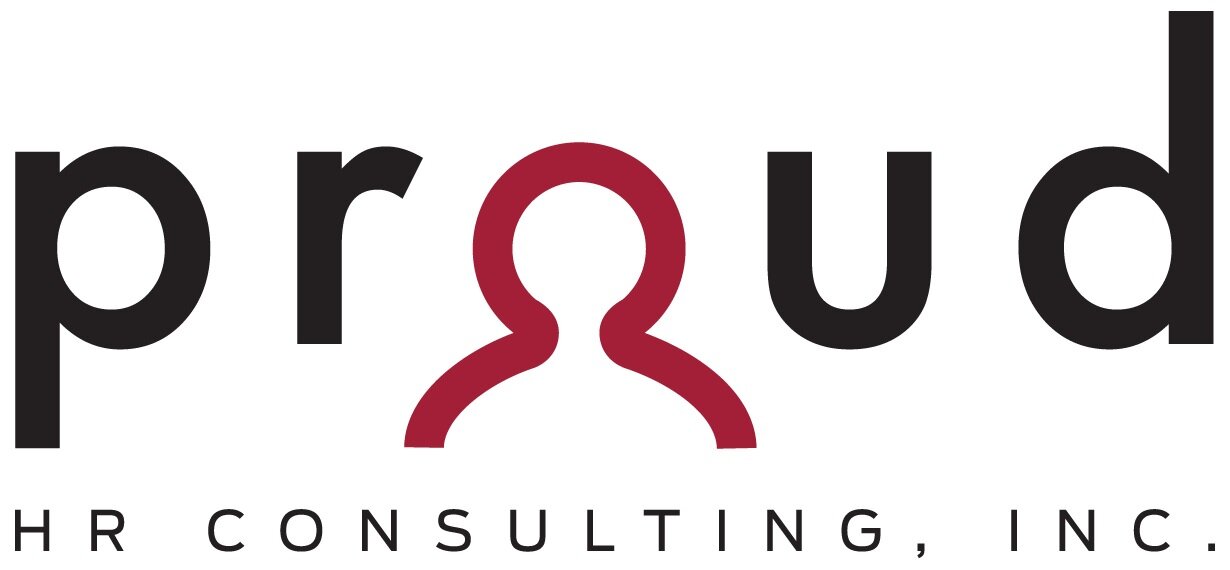There are no two ways about it: Health insurance is expensive. This open enrollment season is no different than others, and price increases are inevitable. Every year, you are overloaded with renewal information and asked to make a business decision that affects the bottom line for the next 12 months. Most businesses will take a hard look at their overall monthly premiums and try to save money. Switching carriers may be a solution. However, an educated decision must factor several items into the analysis. Jumping ship doesn’t always make sense.
Compare plans, and look at coverage vs. cost. There are many plans that look like they will save money, but the benefits have been stripped down by limiting coverage or networks, ultimately adding more out-of-pocket costs for the employee. There is nothing wrong with cost sharing — just be mindful of what you are getting for your money.
When I do comparisons for my clients, I like to look at the deductible, out-of-pocket maximum and prescription costs. These are easy line items you can pull from your open enrollment packet. Ask your broker to drill down the top 3–5 plans for you, and it will save you a lot of time. I also like to compare the exclusions for the plans, which is especially important in dental and vision plans. Under the Affordable Care Act most small-group medical plans have to cover “10 essential benefits”.
Look at the administrative costs for switching to a different carrier; sometimes the math doesn’t add up. Add HR and management organization costs to implement, education and enrollment processes for all staff, group and individual applications, etc. Sometimes a carrier may be going after more market share, so they will offer a great rate to undercut their competitors — then they will hit you with double-digit increases the following year. Ask your broker for history and trends. Ultimately, with the time and effort involved, it may not make sense to make a switch.
Other ways to help curb rising health care costs is to offer your employees more than one choice. Even if you only have one insurance carrier, you can still offer a few different options. Consider offering a High-Deductible HSA-compatible plan as the base plan, then add a couple of buy-up options, such as a PPO and HMO, to round things out. This allows the company flexibility while controlling costs, and it gives the employee a choice on what is important to them.
Be sure to look at all the facts and numbers on any plan you are considering. When all is said and done, sometimes staying put is the best option.
If you’d like to talk about navigating open enrollment season, contact us.
